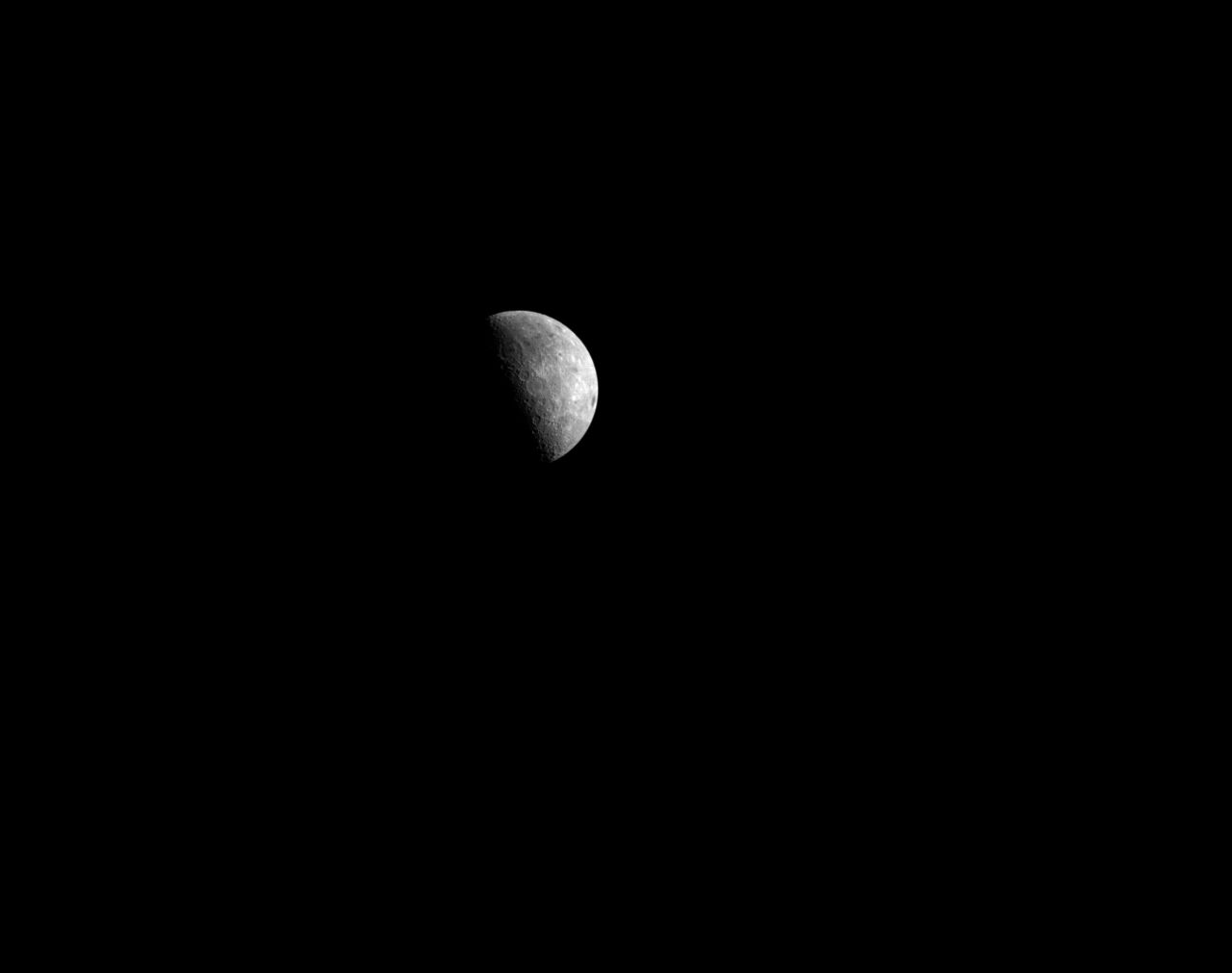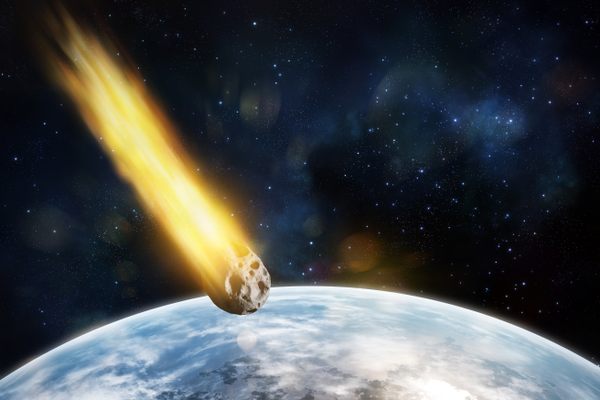Our ‘Mini-Moon’ 2024 PT5 Is Mini—But It’s Not a Moon
The space rock taking a surprise swing around our planet is just visiting from Earth’s asteroid belt.

Just in time for cozy-up season in the Northern Hemisphere, you may have heard that Earth has a new companion, which some have dubbed a mini-moon. Don’t get too excited, because this interloper is only here for a while. The short-term satellite is hardly the first, it won’t be the last, and, technically, it is not even a moon.
But its temporary time in our orbit is worth celebrating, because it’s a reminder that we are never really alone out here.
Here’s what happened. On Aug. 7, a telescope in South Africa, working as part of the Asteroid Terrestrial-impact Last Alert System, or ATLAS, spotted a rock about 32 feet across and in Earth’s orbit. Later dubbed 2024 PT5, the rock is too small to see without professional equipment.
Astronomers rushed to study its orbit and its nature. They found it will stay about five times more distant than our actual Moon, and that it will loop around our planet in a horseshoe-like path until the end of November. This brief stay means it isn’t technically a moon. To qualify as a true satellite of a planet, it would have to complete at least one full Earth orbit.

Some previous mini-moons have stuck around for up to two years, technically qualifying as moons, but those come and go as well.
Astronomers think 2024 PT5 hails from Earth’s asteroid belt. Yes, you read that right—Earth has a neighboring asteroid belt, though it pales in comparison to the main asteroid belt we all learned about in school, which orbits the Sun between Mars and Jupiter. Astronomers call it the Arjuna asteroid belt, named for a hero in the Hindu epic poem the Mahabharata. The rocks in this belt follow orbits similar to Earth’s, and they orbit about the same distance to the Sun, which means they occasionally cross our paths. This phenomenon happens around other planets, too.
While asteroids in the main asteroid belt, and also way out in the distant Oort Cloud, are believed to be remnants of the primordial solar system, the Arjuna asteroids may originate much closer to home. Astronomers think they might actually be wayward chunks of Earth, Mars, or Venus—or even our Moon.
The Moon is constantly bombarded by asteroids, just like Earth is, but it has no atmosphere to stop them or slow them down. When an errant space rock hits the Moon, it crashes at full speed, punching the lunar surface and flinging rock and regolith, or Moon dust, into space. There’s a chance 2024 PT5 and other Arjuna asteroids are lunar leftovers from past collisions like this.
Earth has had visitors from the Arjuna belt before, and it will again. NASA and other space agencies, as well as amateur astronomers and private groups, keep an eye on these objects. In 2022, amateur astronomers found an object dubbed 2022 NX₁, and realized it was a repeat visitor: It had also been captured by Earth, briefly, in January 1981. That particular moonlet will be back in December 2051.
Countless other would-be mini-moons are around; we just can’t see them yet. When the forthcoming Vera Rubin Observatory begins taking pictures of the entire sky next spring, astronomers might find a new mini-moon every few months, according to a 2020 analysis.
Perhaps the most interesting mini-moon is not even a rock, but another legacy of our relationship with the Moon. In 2002, an amateur astronomer found what seemed to be another temporary companion, and it was dubbed J002E3. When astronomers with more sophisticated equipment took a look, they realized it was coated in white paint, and tumbling in an unnatural way. It is now thought to be the third stage of an Apollo Saturn V rocket, which helped astronauts reach the Moon six times from 1969 to 1972.
While the discovery of 2024 PT5 is noteworthy, there are plenty of asteroids and satellites, even moonlets. But there is just one Moon. One Moon to rule them all, one Moon to bring them all and in the darkness bind them.
Wondersky columnist Rebecca Boyle is the author of Our Moon: How Earth’s Celestial Companion Transformed the Planet, Guided Evolution, and Made Us Who We Are (January 2024, Random House).












Follow us on Twitter to get the latest on the world's hidden wonders.
Like us on Facebook to get the latest on the world's hidden wonders.
Follow us on Twitter Like us on Facebook